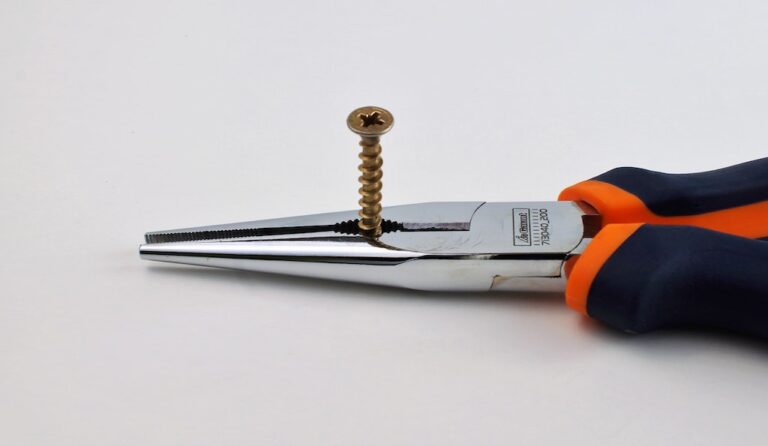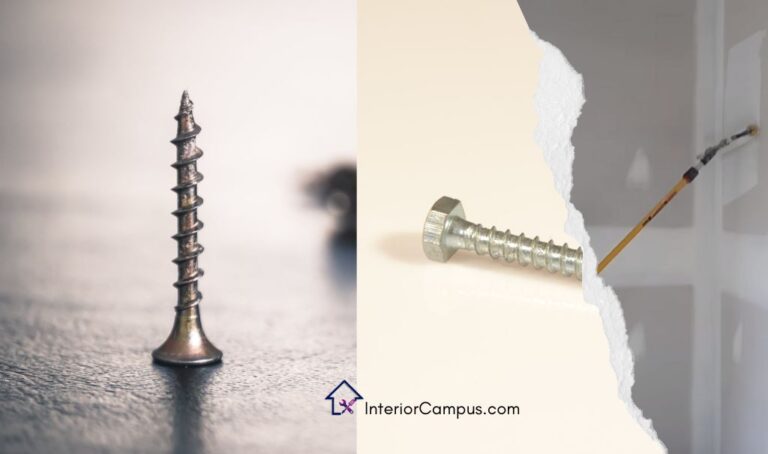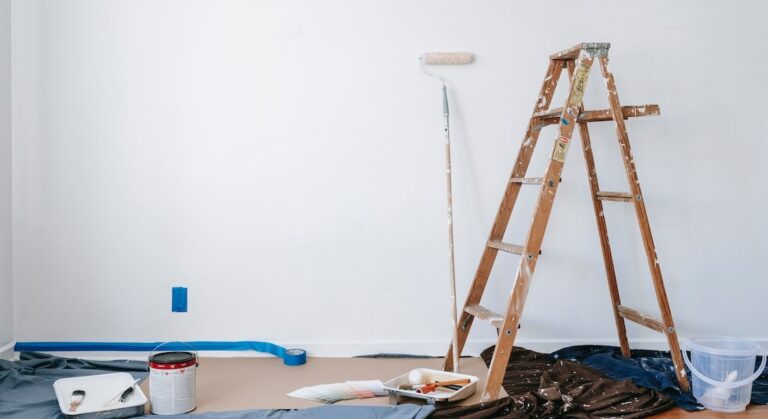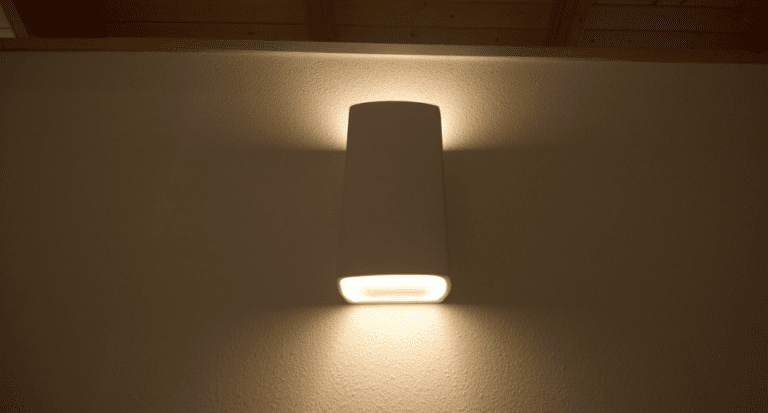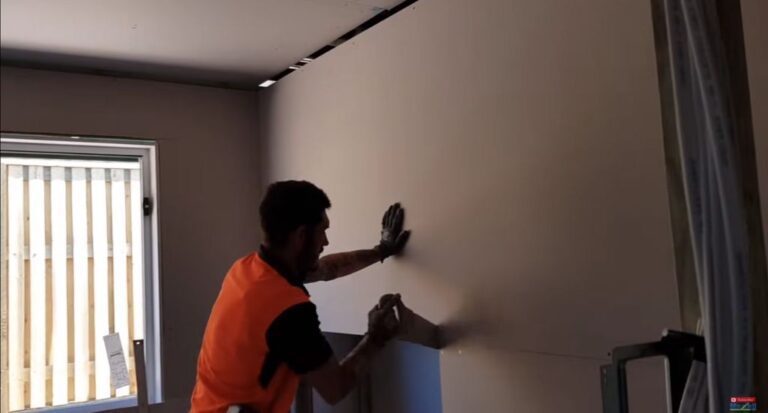Do Wall Anchors Work in Plaster Walls?
Are you also wondering about using wall anchors in Plaster walls? Well, the straight question is Do Wall Anchors Work in Plaster Walls?
Well, there is a simple answer to agree. But there could be some issues when you directly use them in the plaster wall without proper steps.
My friend nearly destroyed his wall with the straight installation. Before you make any changes, refer to some videos and articles to proceed.
After the bitter experience, I managed to install the wall anchors in plaster walls.
Do Wall Anchors Work in Plaster Walls?

YES. Wall anchors can be used on plaster walls, but it’s important to choose the right type and follow proper installation techniques. Plaster walls are typically thicker and more brittle than drywall, so traditional wall anchors may not hold up as well.
However, there are specialized anchors designed for use with plaster walls, such as toggle bolts and molly bolts, that are designed to distribute weight more evenly and hold up better over time.
When choosing an anchor for plaster walls, it’s important to consider the weight of the item you’re hanging, as well as the size of the hole you’ll need to drill. Some anchors require larger holes, which can weaken the plaster and cause it to crumble.
It’s also important to consider the location of the anchor, as hanging items near the edges or corners of a wall can put more stress on the plaster.
Tips for using Wall anchors in Plaster Walls
If you plan to use wall anchors on your plaster walls, there are a few tips to remember to ensure a successful installation.
First, choose the right type of anchor for the job. As mentioned earlier, toggle bolts and molly bolts are two types of anchors that are designed for use with plaster walls. Toggle bolts are ideal for heavier items, as they distribute weight evenly and provide a secure hold. Molly bolts are better suited for lighter items, as they don’t require as large of a hole and can be easier to install.
Before commencing the drilling process, it is essential to locate the placement of any electrical wires or pipes situated behind the wall. This is vital to evade any possible damage to them. A stud finder or wire detector could assist in the process.
While drilling a hole for the anchor, it is crucial to be attentive and not to drill too profoundly or at an angle. This could weaken the plaster and ultimately lead to cracking. The use of a small drill bit initially is advised, and then gradually increase the size to achieve the appropriate size for the anchor.
After successfully inserting the anchor, delicately tap it into position using a hammer or rubber mallet. Proceed to tighten the screw into the anchor, being mindful not to over-tighten, as this can cause the anchor to be extracted from the wall. Once completed, hang your item and enjoy your revamped space.
Alternatives to Wall Anchors in Plaster Walls
While wall anchors are a popular choice for hanging objects on plaster walls, there are a few alternatives to consider if you’re not keen on using them:
- Picture rails: These are horizontal rails that are installed at the top of the wall and allow you to hang pictures or other objects from them using hooks or wires. They can be a great alternative if you’re looking for a more flexible way to hang items, as you can easily move the hooks and wires around to suit your needs.
- Adhesive hooks: If you’re hanging something relatively lightweight, adhesive hooks can be a good option. They’re easy to install and remove, and won’t leave any marks or damage on the wall. However, they may not be strong enough to hold heavier items, and they can lose their stickiness over time.
- Command strips: These are similar to adhesive hooks, but use a stronger adhesive that can hold more weight. They’re also designed to be easily removable without damaging the wall, making them a popular choice for renters.
Tools needed to install Wall anchors in Plaster Walls

If you’ve decided that wall anchors are the best option for your needs, here are the tools you’ll need to install them:
- Drill: You’ll need a drill to make a hole in the plaster wall where the anchor will go. Make sure you use a drill bit that’s the right size for the anchor you’re using.
- Screwdriver: Once the anchor is in place, you’ll need a screwdriver to insert the screw and secure the object you’re hanging.
- Wall anchor: There are many different types of wall anchors available, so make sure you choose the right one for your needs. Plastic anchors are a popular choice for plaster walls, as they’re easy to install and can hold a decent amount of weight.
- Pencil: Use a pencil to mark where you want to place the anchor on the wall.
- Level: To make sure your object is hanging straight, use a level to check the position of the anchor before you insert the screw.
I hope you find these additional sections helpful! Let me know if there’s anything else you’d like me to cover.
Is it safe to use wall anchors on plaster walls?
Yes, it is generally secure to utilize wall fasteners on plaster walls, as long as the appropriate kind of fastener is selected and appropriate installation techniques are adhered to. Nevertheless, a few considerations must be taken into account to guarantee that your wall fasteners do not cause any damage or safety risks:
- Select the appropriate type of wall fastener: Not all wall fasteners are made equal, and it is critical to choose the appropriate kind for your requirements. For plaster walls, plastic fasteners are a preferred option since they are straightforward to install and can support a significant amount of weight.
- Avoid overloading the wall: Wall fasteners have weight restrictions, and it is essential not to compress them.
- Install the fastener correctly: When installing a wall fastener, make a clean hole in the plaster with a drill and gently tap the fastener with a hammer to ensure it is flush with the wall.
- Remove the fastener correctly: If you need to remove the object, unscrew the screw and extract the fastener from the hole. If the fastener is difficult to remove, try to extract it using pliers or a screwdriver with gentle force.
By adhering to these instructions, you can ensure that your wall fasteners are installed securely and will not damage your plaster walls.
If you have any reservations about utilizing wall fasteners on your plaster walls, it may be wise to seek the guidance of a professional contractor or handyman to obtain their professional opinion.
Conclusion
Hanging objects on plaster walls can be a bit of a challenge, but with the right tools and techniques, it’s definitely doable. Wall anchors are a popular choice for hanging heavier items, but there are also alternatives like picture rails and adhesive hooks that can work well for lighter objects.
When using wall anchors, be sure to choose the right size and type for your needs, and use a drill to make a clean hole in the plaster. Remember to use a level to ensure your object is hanging straight, and don’t forget to remove the screw and anchor if you decide to take the item down.
With these tips in mind, you should be able to hang just about anything on your plaster walls without any issues.

